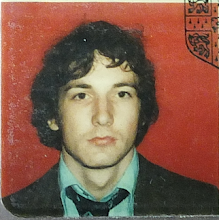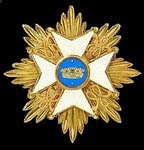First raised 1690. 2 battalions strong. Ranked 90th in the Seven Years War.
This was one of the few allied regiments to distinguish itself at Rossbach 5th November 1757, when Frederick of Prussia routed an army of French, Austrian and Reichsarmee troops twice the size of his own with minimal losses to the Prussians. There is a legend attached to their performance on that sorry day for France and the Reichsarmee. It is here recounted by Simon Millar in Osprey Campaign 113 "Rossbach and Leuthen 1757", page 35. "The two Swiss regiments [Diesbach and Planta] were like rocks in the swirling sea of fugitives and Prussians as they steadily carried out a fighting retreat. Frederick is said to have remarked, "What is that red brick wall that my artillery cannot manage to bring down?", and, being told it was the French Swiss infantry, he silently saluted them by doffing his hat as they marched off the field with colours flying and drums beating." Although he does not repeat the legend in his book "Prussia's Glory" on Rossbach and Leuthen, Christopher Duffy does commend the Swiss for their performance and says that Diesbach not only kept all its own flags but managed to retrieve the abandoned flag of another allied unit which had fled!
Susane in his history of the French infantry lists the following officer losses at Rossbach: Captain Garrigue and Lieutenants Borrer, Bury and Alion killed; Captains Balthazard and Rabel and six lieutenants wounded. Such a heavy casualty list among the officers supports the accounts that show them heavily engaged against the Prussians.
They performed dependably and often very well for the rest of the war, seeing action at Sandershausen, Lutterberg, Bergen and Wilhelmsthal.
Swiss troops served the French for several centuries, by special treaties with the Swiss cantons which were regularly renewed. During the Seven Years War there were around 20,000 Swiss serving with the French army. Unlike the native French units they could generally be depended on to be disciplined, sober and disinclined to looting. They wore uniforms of regular French cut but in red (garance for Diesbach).
And this is the uniform of the musketeer companies (unfortunately there does not appear to be a 1757 plate of this regiment):




























